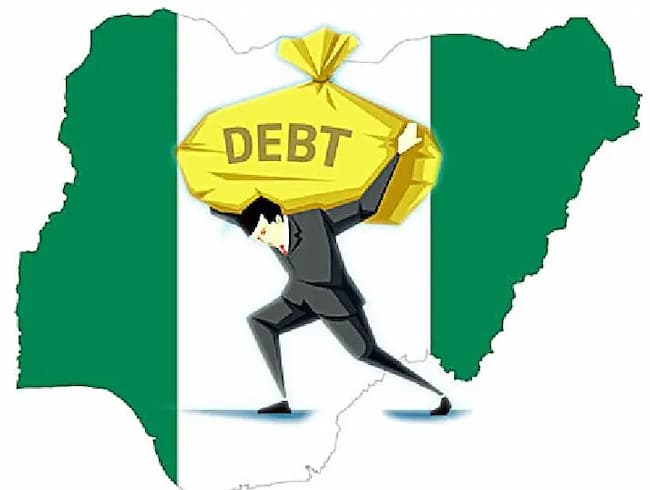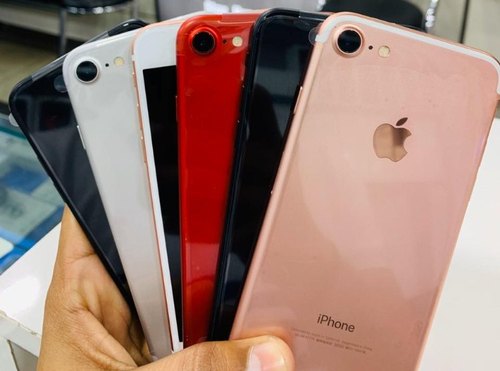The following are country statistics and data on Digital Payments in Nigeria, pulled from the McKinsey Global Institute’s report, “Digital Finance for All: Powering Inclusive Growth in Emerging Economies” published in September 2016. Statements in quotes are direct text found in the report. Otherwise, the data is summarized from graphs or charts found in the report.
- “Lower-income countries such as Ethiopia, India, and Nigeria have the largest potential, with the opportunity to add 10 to 12 percent to their GDP, given low levels of financial inclusion and digital payments today.”
- As of 2014, Nigeria has less than 1% share of digital payments
- “The potential impact on GDP depends on each country’s starting point. Lower-income countries such as Nigeria, India, and Ethiopia have the largest potential, given their low levels of financial inclusion and digital payments today (Exhibit E7).”
- Nigeria’s GDP impact of digital financial services is 6.6% increased productivity, 4.6% increased investment, and 1.2% increased labor
- Nigeria could have a GDP increase of $88 billion by 2025
- Nigeria could add 3 million new jobs
- “More than 99 percent of transactions by volume in Ethiopia, India, Nigeria, and Pakistan are in cash, with buyers using cash for everything from real estate transactions to vehicle registration.”
- In Nigeria, 44% of adults (15 years and older) have a formal financial account. The average among emerging economies is 55%.
- In Nigeria, there is less than 1% share of digital payments
- “In Nigeria, 56 percent of adults do not have a bank account, and 80 percent of cash in the economy is not deposited in a bank. Trust in banks is low, and many citizens, particularly those living in rural areas, are not familiar with financial services. At the same time, more than 80 percent of Nigeria’s adult population, including an increasing number of poor people, has a mobile phone.”
- There is significant potential to provide financial services via mobile phones to underserved people in emerging markets. As of 2014 in Nigeria, 44% of adults have financial accounts and 34% of adults own mobile devices
- Access to financial accounts depends on national income levels—but this is not the case with mobile-money accounts.
- In Nigeria, its per capita GDP is slightly approximately $6,000 with approximately 42% of population having an account at a financial institution and 0% of the population owning a mobile-money account
- In Nigeria, there is potential to include 46 million more adults in the formal financial system, close 17% of the financial inclusion gender gap, and include 45% of the poorest population in the formal financial system
- In Nigeria, there is potential for businesses and individuals to obtain $57 billion in new loans, a 10% new credit-to-GDP ratio, due to digital financial services
- In Nigeria, digital financial services could raise $36 billion in new deposits, a 6% increase in new deposits to GDP, and save financial institutions $8 billion in costs
- In Nigeria, digital payments can reduce leakage by $2 billion per annum. $1 billion of which are due to leakage reduction in government revenue collection, and the other $1 billion of which due to reduced leakage in government subsidy payments
- In Nigeria, there could be as much as 4% in GDP impact, with 6.6% in increased productivity, 4.6% in increased investment, 1.2% in increased labor, $88 billion in GDP increase by 2025, and 3 million new jobs
- In Nigeria, there is approximately 80% mobile technology penetration
- In Nigeria, there is an approximate 54% rural population with 60% access to 3G+ network coverage
- In Nigeria, the Average end-user street price (ASP) for a low-tier mobile phone is $38, which is a 0.6% cost of GDP per capita PPP. The price of a pre-paid 500mb data plan is $22.6, which is 0.4% of GDP per capita PPP
- In Nigeria, 50% of the population is registered with a national ID with 30% being registered at birth.
- “In Nigeria a patchwork of public and private ID systems has emerged, and the government has spent more than $2 billion over a ten-year period on disparate IDprograms. Despite this, no universal program has emerged. Whichever ID model is chosen, it needs to be used. In Nigeria, none of the major ID schemes has achieved target enrollment levels, and the central national ID system that began issuing identity cards in 2013 has achieved a registration rate of only 5 percent.”
- “But awareness of a new digital finance product is far from sufficient to ensure its adoption and use among consumers. In Nigeria, for instance, surveys showed that awareness of mobile money doubled between 2012 and 2014 but adoption remained flat.”
- In Nigeria, bank account penetration is at 44% but has the potential to increase to 91% by 2025. Its share of digital payments is currently less than 1% but has the potential to increase to 30% by 2025. Its share of digital CICO is currently less than 1% but has the potential to increase to 68% by 2025.
- In Nigeria, there is a 6.6% of increased productivity (4.8% cost savings for businesses and financial institutions, 1.4% time savings for businesses, 0.4% of reduced government leakage), there is 4.6% of increased physical capital due to additional savings and credit, and 1.2% of increased labor
- In Nigeria, digital payments can create $8,539 million in total cost savings. Specifically it can save $791 million in reduced shrinkage, $300 million in improved cash management, $783 million in account cost reductions, $6,817 million in CICO cost reductions, $423 million in transaction cost reductions, and $271 million in credit issuance cost reductions
- In Nigeria, there is a current $40 billion in total retail deposits, with the top 60% depositing an average of $2,344 per household and the bottom 40% depositing an average of $624 per household. By including more households in the financial system, there could be an increase of $36 billion in retail deposits with 12.4 million new households in the top 60% entering financial system and 10.5 million new household in the bottom 40% entering the formal financial system














